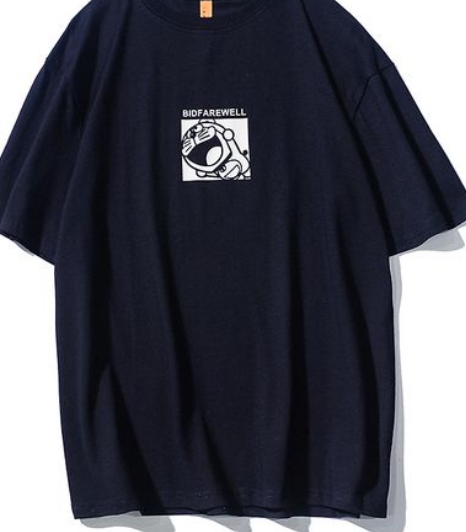When purchasing fabrics, you can pay attention to the following matters and tips to guide the correct purchase:
1. Choose fabrics according to use: different product uses require Choose fabrics with different properties. For example, outdoor sportswear requires wear-resistant, waterproof and breathable fabrics; high-end clothing requires soft, comfortable and shiny fabrics. According to the usage scenarios and needs, clarify the functional requirements of the fabric so that you can choose the appropriate material.
2. Understand the composition of the fabric: The composition of the fabric is directly related to its performance and characteristics. Common fabric ingredients include cotton, linen, silk, wool, polyester, etc. Fabrics with different compositions have different characteristics such as feel, elasticity, weight, moisture absorption and breathability. According to the demand for fabrics, understand the characteristics of fabric components and choose suitable fabrics.
3. Pay attention to the quality of the fabric: The quality of the fabric determines the quality of the product. During the purchase process, the quality of the fabric can be evaluated by observing its gloss, color uniformity, tensile strength, etc. At the same time, you can ask the merchant to provide relevant certification and testing reports of the fabric to ensure the safety, environmental protection and durability of the fabric.
4. Understand how to handle and maintain fabrics: Different fabrics require different handling and maintenance methods. Before purchasing, you can understand the requirements for washing, ironing, dry cleaning, etc. of the fabric, and consider whether you can meet these requirements. At the same time, pay attention to whether the fabric is easy to deform, pill, fade, etc., and choose fabrics that are easy to maintain.
5. Look at the suitable fabric pattern and color: The pattern and color of the fabric are also factors that need to be considered when purchasing. Choose the appropriate fabric pattern and color according to the style and design needs of the product. At the same time, pay attention to the firmness of the pattern and color to avoid fading easily during use and cleaning.
6. Consider cost and performance-price ratio: Fabric prices vary depending on material, craftsmanship and brand. When purchasing, you need to comprehensively consider the quality, performance, durability, price and other factors of the fabric, and choose fabrics that fit your budget and have a good cost performance.
7. Consult professionals: If you don’t know much about fabric purchasing, you can consult professionals such as fabric suppliers, textile experts or designers, etc. to obtain Their advice and opinions help determine the most suitable fabric selection.
Through the above precautions and techniques, you can guide the correct purchase of fabrics, ensure that the selected fabrics meet product needs, and improve the quality and competitiveness of the product.






